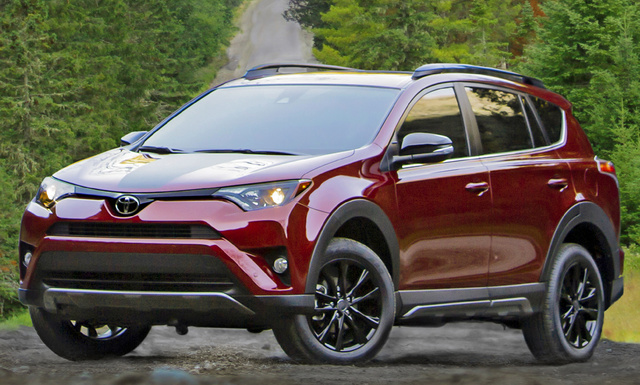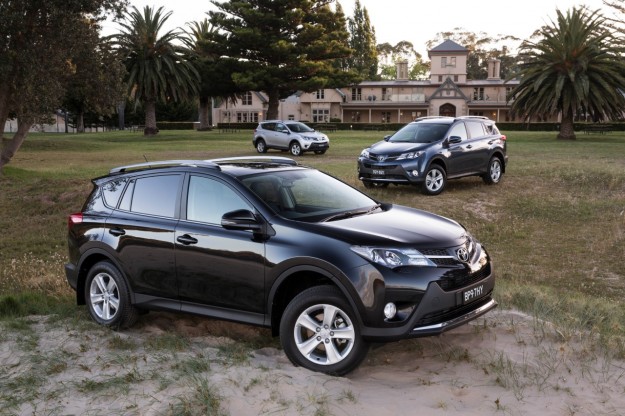

Then, when the car reverted back to running in regular hybrid mode, it still managed to average 49mpg over the remainder of our 90-mile test route. And that was without me making a conscious effort to maximise efficiency, either. But on a test route that took in all manner of dual carriageways, fast country A-roads and 20mph village lanes, the Toyota covered 36 miles before its battery gave up the ghost. Preconditioning - the process of warming the car up while it’s still plugged in - is key here, and when run as such, the RAV4 PHEV really impresses.Īdmittedly, I wasn’t able to match its 46-mile claimed range. The Citroen C5 Aircross PHEV I currently have as a long-termer, for instance, has been struggling to get more than 17 miles from a full charge - which is significantly less than its minimum 33-mile claim. One aspect of running a plug-in car that can really set your teeth on edge is the draining effect that cold winter weather can have on electric range.

Then there’s HV mode, where the RAV4 runs as a regular hybrid (and a quick one at that) and finally there’s charge mode, which, well, charges the battery up while you’re driving. The steering wheel cover can increase the grip of the steering wheel. The transition from one power source to another is really smartly governed, and the petrol engine only makes itself heard if you stand on the throttle for prolonged periods of time. Because of its excellent wear resistance,cold resistant, breathable, and aging resistance also it is extremely soft and comfortable with high ductility, Top layer Suede becomes the most ideal choice of the car interior in instead of natural leather. Next is Auto EV/HV mode, which is effectively the same as regular EV mode, apart from the fact that the petrol engine will pipe up if you really mash the throttle.


 0 kommentar(er)
0 kommentar(er)
